When you think about a boat gliding through the water, you might not immediately consider the forces at play beneath the surface that help it stay afloat and move forward. However, understanding the concept of boat traction in water is crucial, whether you’re an avid boater, a sailing enthusiast, or simply curious about the mechanics behind how boats operate. The force responsible for moving boats through the water is generally known as traction or propulsion, but in nautical terms, it’s referred to in more specific ways depending on the type of movement and the watercraft being used.
This article will explore the different aspects of boat traction in water, including the forces involved in boat movement, how different boat types interact with water, and why understanding boat traction is important for safe and efficient boating. Wonder what is boat traction in water called? Let’s go over hydrofoil and how hydrodynamics work when moving your boat.
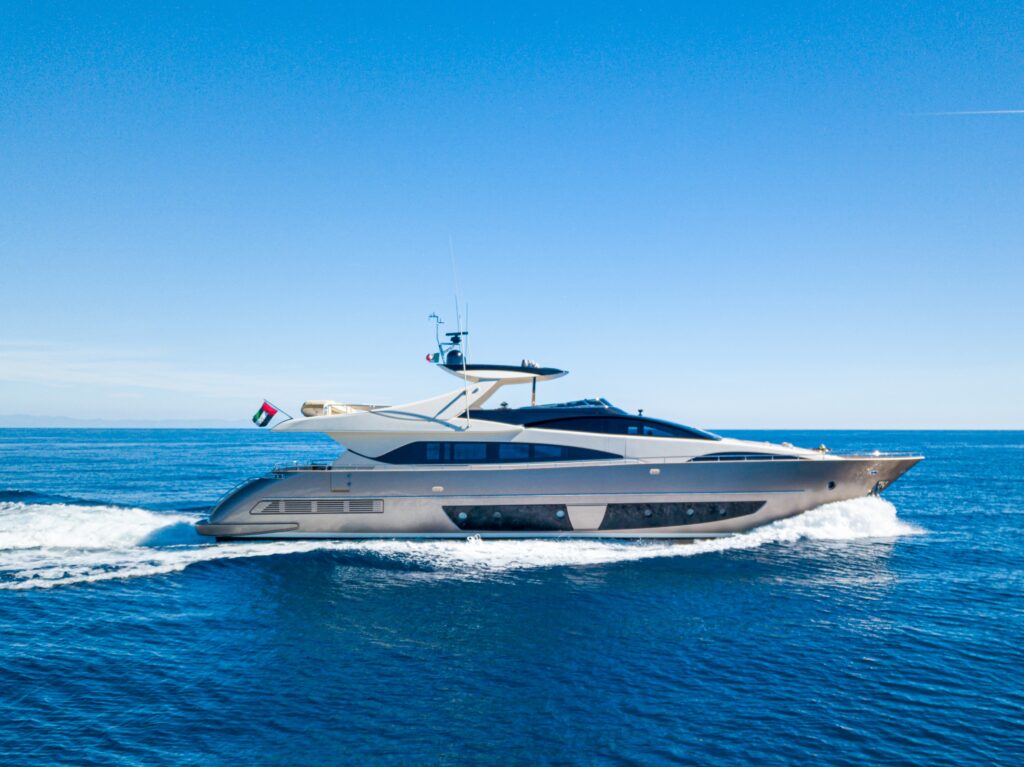
The Basics of Boat Traction in Water
When a boat moves through water, traction plays a key role in enabling this motion. The force that propels a boat forward is generally generated by the engine or sails, but how the boat interacts with the water beneath it is what truly determines how well it moves. Essentially, boat traction refers to the frictional forces and resistance encountered between the boat’s hull and the water.
The two primary forces at work when a boat moves through water are thrust and drag. Thrust is the forward force that pushes the boat in the desired direction, while drag is the resistance encountered as the boat moves through the water. To achieve optimal traction, a boat needs to strike a balance between these two forces, with propulsion being sufficient to overcome the drag and push the boat forward efficiently.

Understanding Hydrodynamics and Boat Traction
Hydrodynamics is the study of the movement of fluids—in this case, water—around a boat. The way a boat moves through the water depends largely on the shape of its hull, the type of propulsion system, and the water’s density and viscosity. Boats are specifically designed to reduce drag and improve traction, which is key for their efficiency in the water.
Hull Shape and Its Role in Traction
The design of a boat’s hull plays a pivotal role in its interaction with water. Hulls are typically designed to either displace water or to skim along its surface, depending on the type of boat and its intended use. For example, displacement hulls, often found in larger boats or ships, push water aside to create a path for the boat to move through. This design is ideal for slower speeds, as it minimizes friction but requires a larger hull to maintain stability in the water.
On the other hand, planing hulls, found in speedboats and smaller recreational vessels, are designed to ride on top of the water rather than pushing it aside. This reduces friction and drag, allowing the boat to move at faster speeds. The interaction between a planing hull and water is different from that of a displacement hull, as the former relies on speed to maintain its movement, while the latter depends more on its size and weight.
The Role of Propulsion in Traction
The propulsion system of a boat, whether it’s an outboard motor, inboard motor, or sails, generates the thrust needed to overcome water resistance. The propeller, which is usually located at the rear of the boat, is the most common mechanism used for propulsion. When the propeller spins, it pushes water backward, and in return, the boat is pushed forward due to the action-reaction force described by Newton’s Third Law of Motion.
In addition to the type of propulsion, the power and efficiency of the system are essential for traction. A boat that has a powerful engine and an efficient propeller can create more thrust, which enables it to glide smoothly through the water. Conversely, an underpowered boat or one with a poorly maintained propeller will encounter more drag, reducing its ability to move effectively through the water.
Water Type and Its Impact on Traction
The type of water in which a boat operates can also influence traction. Freshwater and saltwater are two of the most common environments for boating, and while they may seem similar, they have significant differences in their effects on boat traction.
Saltwater, being denser than freshwater, creates more buoyancy, meaning a boat is more likely to float easily. However, saltwater can also increase the corrosion risk to the boat’s hull and propulsion systems. On the other hand, freshwater is less dense, which means boats may require more power to maintain traction and move through the water. Each type of water offers unique challenges, and boat designs and engines must account for these variables to optimize performance.
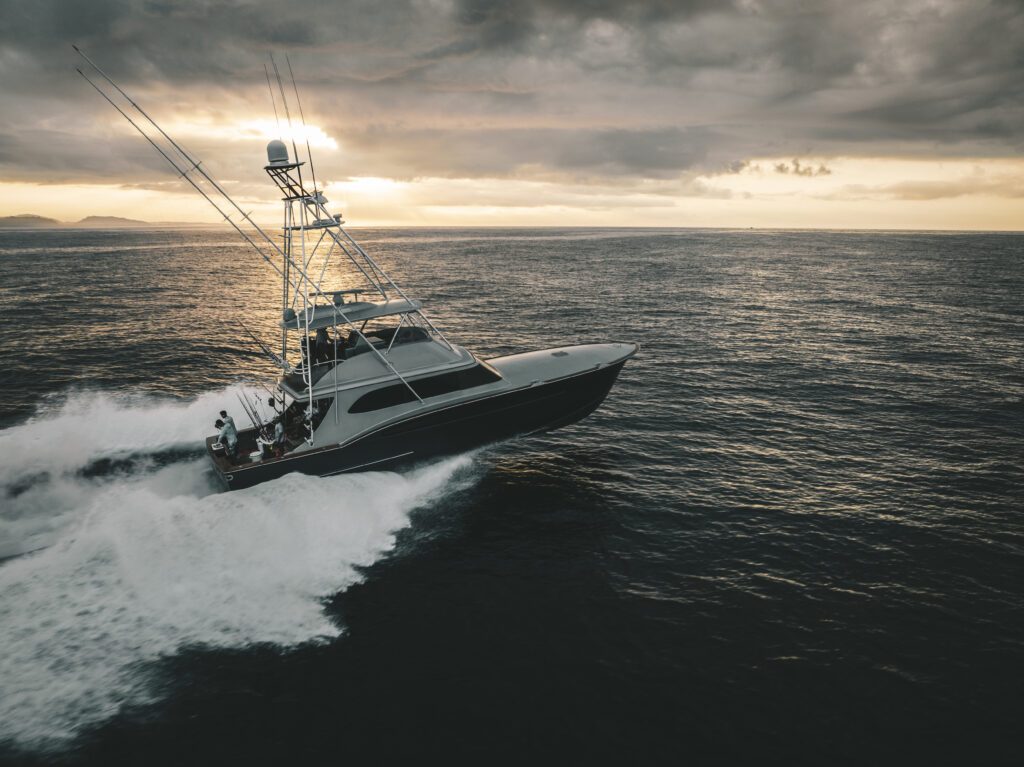
The Concept of Drag in Boat Traction
Drag is the opposing force that resists a boat’s motion through the water. It is created by the friction between the water and the boat’s hull as well as by the pressure differences caused by the boat’s movement. There are two main types of drag that affect boats: form drag and skin friction.
Form Drag
Form drag occurs when the shape of the boat creates resistance as it moves through the water. Boats with larger hulls or less streamlined shapes experience higher form drag. A flat-bottomed boat, for example, will create more form drag than a V-shaped hull, as the latter cuts through the water more efficiently. Minimizing form drag is critical for ensuring efficient propulsion and good traction in the water.
Skin Friction
Skin friction is the resistance that comes from the boat’s hull as it slides through the water. The rougher the hull’s surface, the more friction it will create with the water, which in turn slows down the boat. To reduce skin friction, boat builders often use smooth materials and coatings to ensure that the boat’s surface is as streamlined as possible.
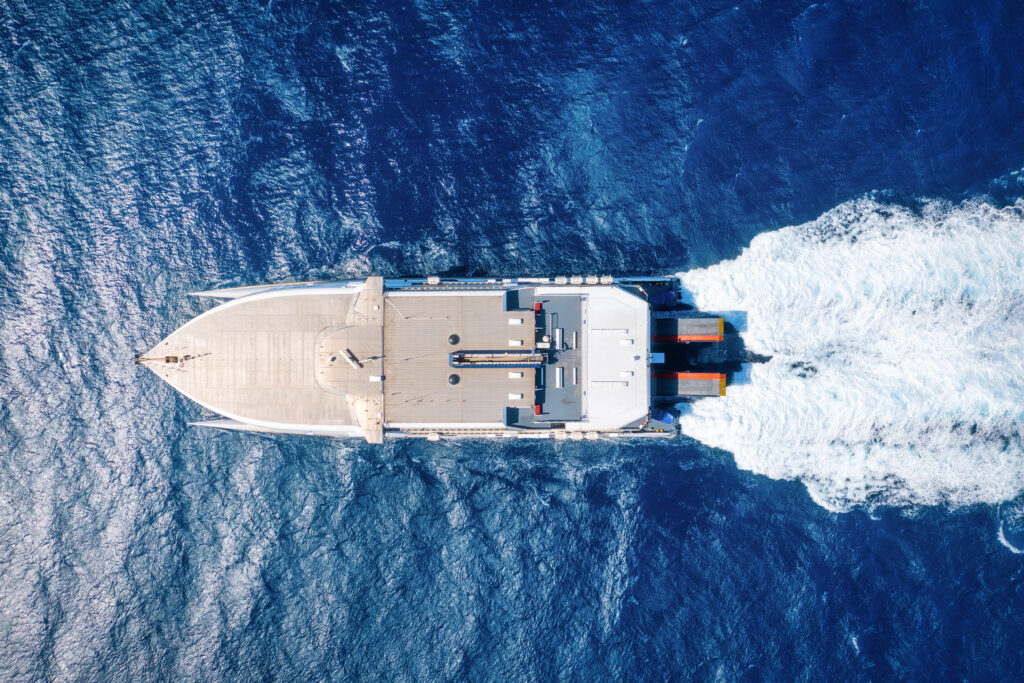
How Boat Traction Is Measured
Measuring boat traction typically involves calculating the amount of force required to overcome drag and move the boat forward. This is done through performance testing and hydrodynamic simulations. Many boat manufacturers conduct these tests to determine the most efficient hull designs and propulsion systems. Key metrics that influence the measurement of boat traction include the speed at which the boat moves, the fuel consumption, and the stability of the boat during operation.
For recreational boaters, the primary indicator of good traction is how easily the boat can maintain a steady speed and respond to the operator’s control inputs. For instance, a boat with good traction will feel responsive to the throttle, and the operator won’t have to work as hard to maintain cruising speeds. On the other hand, a boat with poor traction will feel sluggish and require more power to maintain speed, often leading to inefficiencies.
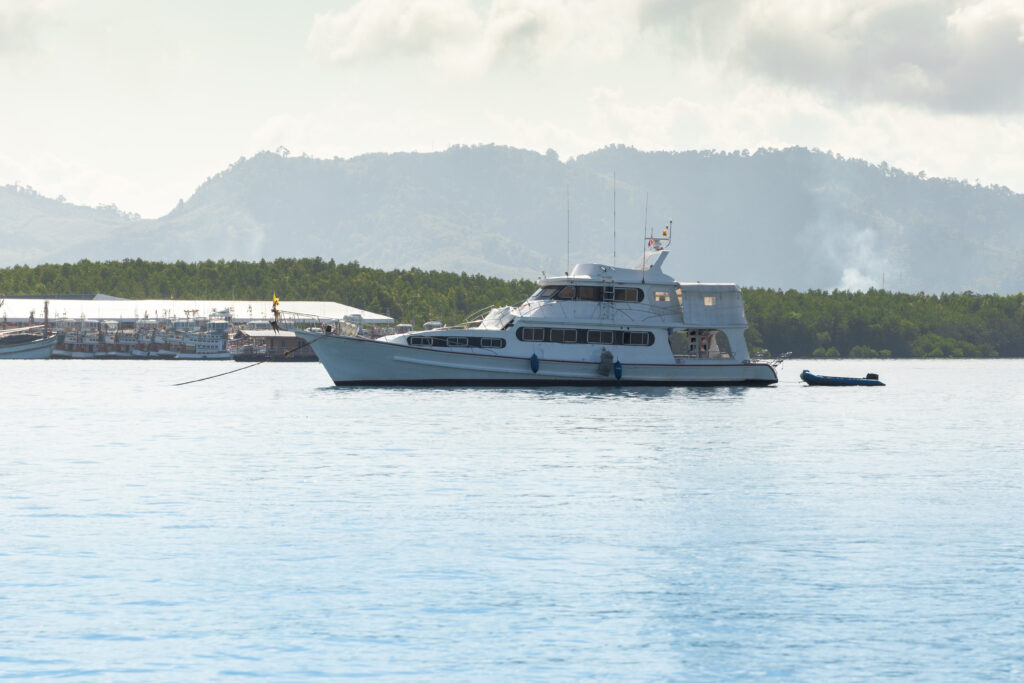
Boat Traction and Maneuverability
In addition to forward propulsion, boat traction plays a significant role in a boat’s maneuverability. The boat’s ability to turn, stop, and adjust its course in the water is affected by how well it interacts with the water’s surface.
Turning and Steering
The traction between the boat’s hull and the water helps dictate how well the boat can turn. For boats with steering rudders, the amount of traction on the rudder will affect how quickly and efficiently the boat can change direction. Boats with more aggressive hull designs or those designed for high-speed maneuvers tend to have greater traction on the water and can turn more sharply.
Stopping and Decelerating
When it comes to slowing down or stopping, boat traction becomes especially important. A boat needs enough traction to slow its momentum and come to a stop without sliding or drifting uncontrollably. Boats that rely on inboard motors or propellers for propulsion often use a combination of reverse thrust and water resistance to slow down, relying on the hull’s traction with the water to decelerate effectively.
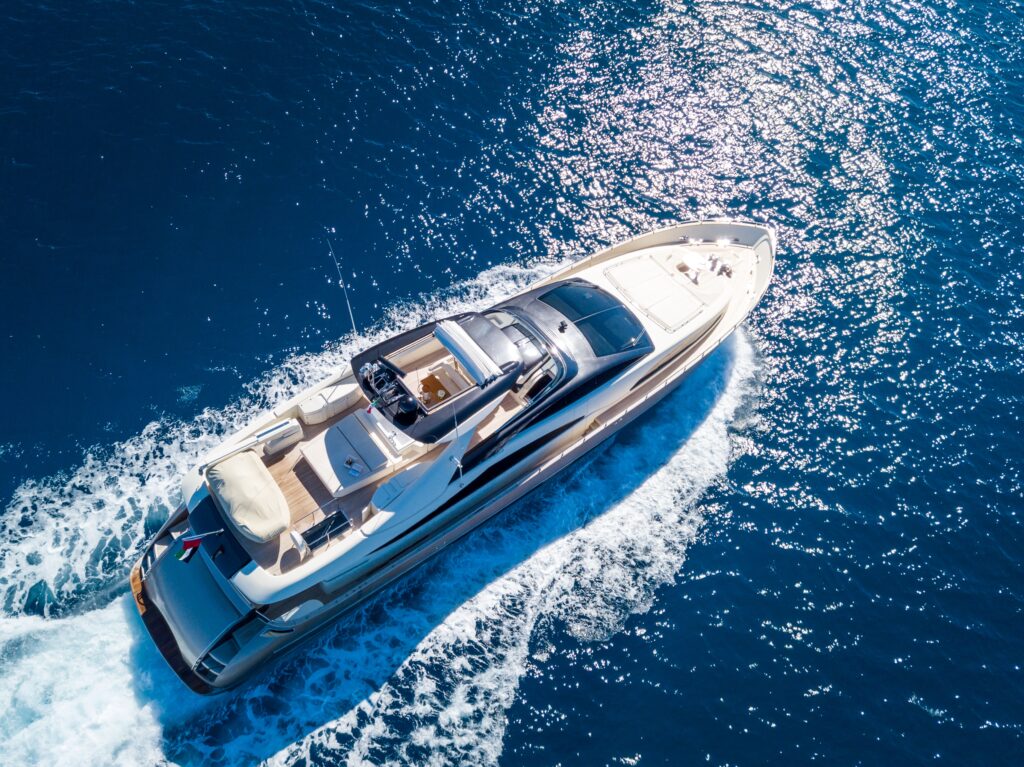
The Importance of Proper Maintenance for Traction
For optimal boat traction, regular maintenance is essential. Over time, boats can accumulate barnacles, algae, or dirt on their hulls, which can increase drag and reduce traction. Cleaning the hull regularly, applying anti-fouling coatings, and checking the propeller for wear are all important steps in maintaining the boat’s ability to glide through the water efficiently.
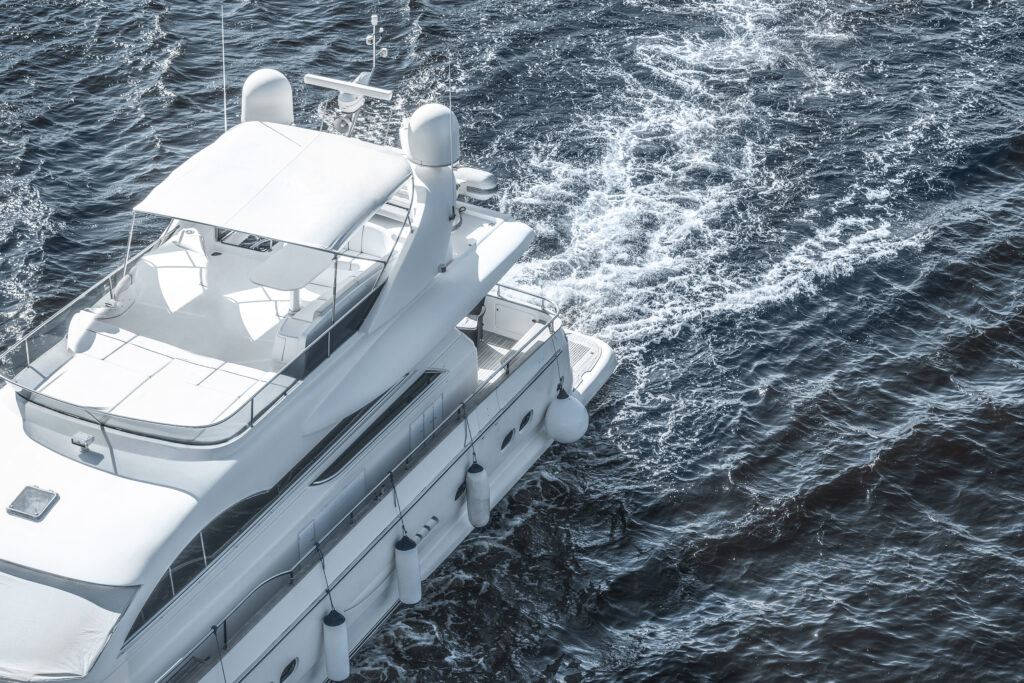
Conclusion
Boat traction in water is a complex concept that involves various forces, including propulsion, drag, and the interaction between the boat’s hull and the water. Whether you are navigating through calm lakes or challenging ocean currents, understanding how boat traction works can help you make the most of your boat’s performance and ensure safe, efficient travel. By considering the type of boat, its propulsion system, the water’s properties, and its hull design, boat owners can optimize their vessel’s ability to move smoothly through the water.
For boat owners seeking financing, it is important to remember that the right boat and the necessary equipment, including insurance, can help protect your investment. At Float Finance, we provide financing solutions that make boat ownership more accessible, helping you find the right vessel for your needs while offering peace of mind through competitive terms and support.
